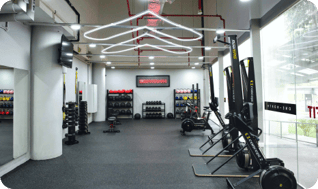When it comes to sculpting a powerful and well-defined upper body, the chest takes centre stage. A strong chest not only looks great but also plays a crucial role in overall strength and functional fitness.
Why you should work your chest
If you think you don’t need to train your chest, think again. Comprising the pectoralis major and minor, serratus anterior, and subclavius, your chest contributes significantly to functional movements and plays a pivotal role in maintaining good posture, enhancing upper body functionality, and reducing the risk of injury during exercises that involve your arms.
If that’s too “gym jargon” for you, then what about pushing open doors? Lifting and carrying a child or groceries? Fetching items from high shelves? Or playing any sport that involves catching (e.g. basketball) or arm movement (e.g. tennis)? All these involve your chest and will benefit from improving the strength and flexibility of these important muscles.
What makes dumbbells so great?
Have you ever heard the saying, “Two are better than one”? Well, to be honest, when it comes to gym equipment that’s not strictly true. Whether it’s barbells and bands or machines and cables, the different pieces of equipment you’ll find in a gym all have their unique pluses and minuses. But we think that dumbbells offer several advantages over other equipment when it comes to working the chest.
- Reduced risk of injury: Dumbbells commonly start lighter than other equipment (we’re looking at you 20-kg Olympic barbells) and are easier to drop to the ground if a set of repetitions is heavier than you anticipated.
- Increased stability: Exercising with dumbbells may initially feel shaky and unstable, but that’s just because your chest and shoulder muscles are learning to stabilise themselves. All those little muscles are far harder to engage when your hands are connected to a steel bar.
- Greater range of motion: If you’ve ever used a barbell or cables, you’ll know that they can sometimes get in the way of a satisfying stretch or squeeze during a chest exercise. With dumbbells that simply doesn’t happen. And that’s great because greater ranges of motion lead to more muscle growth.
- Kinder to your joints: None of us are perfectly symmetrical, we all have imbalances between our two sides, so it’s no wonder that our bodies aren’t always a fan of being forced to work that way. Dumbbells allow the body to perform exercises with a freer path of motion, which can help preserve the health and function of joints, such as the wrists, elbows, and shoulders.
What are the best dumbbell chest exercises?
Let’s get this out of the way now: when it comes to exercises, there’s no such thing as “best”. You’re built differently from others and certain exercises that work for you may not be as effective for anyone else. However, certain chest exercises are more likely to give you a great workout, helping you build strength and definition, and ensuring you avoid injury.
If you search online for “dumbbell chest exercises”, you’re going to see results for a wide array of exotically named exercises that may or may not be effective. So, we’re going to save you time and simplify things.
You can primarily work your chest muscles in three ways:
- Working the sternal pectoral, which involves the lower, mid, and some of the upper chest.
- Working the clavicular pectoral, which involves the upper chest.
- Working the smaller fibres, which are located more towards the centre of the chest.
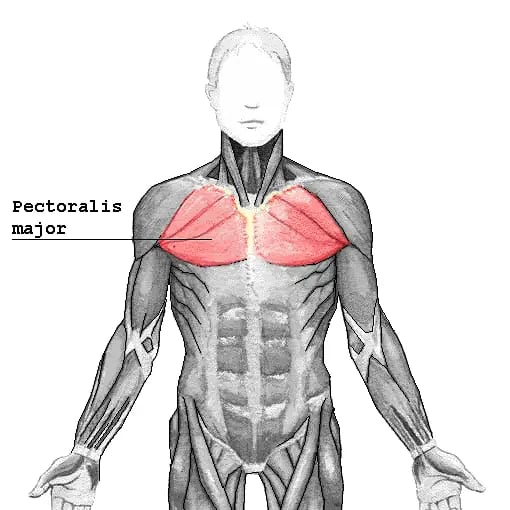
The first is worked using flat pressing movements. The second is worked using incline pressing movements. The third is worked using a flye movements. You simply need a couple of pressing movements and a couple of flye movements in your routine to ensure you’re effectively working the chest.
Here are some of our favourites:
Dumbbell flat bench press
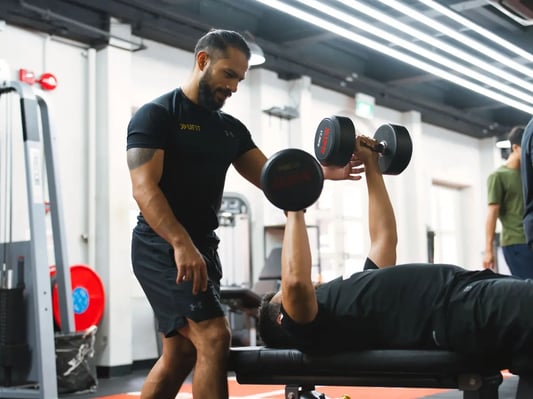
This exercise mimics the classic barbell bench press and activates practically the entire chest. The flat pressing movement, with a dumbbell in each hand, challenges stabilising muscles ensuring a more effective workout.
Pro tip: At the bottom of the movement, you can stretch your chest muscles further if you arch your back on the bench and keep your shoulder blades lightly squeezed together.
Dumbbell incline bench press
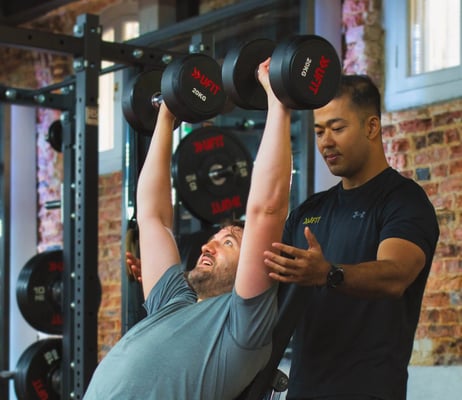
A staple in any chest workout, this incline pressing movement targets the upper chest and will help you achieve a well-rounded and sculpted look.
Pro tip: Don’t squeeze your shoulder blades as much on this one, it’ll only limit your range of motion at the top of the movement. Relax your shoulder blades and allow them to move.
Dumbbell flyes
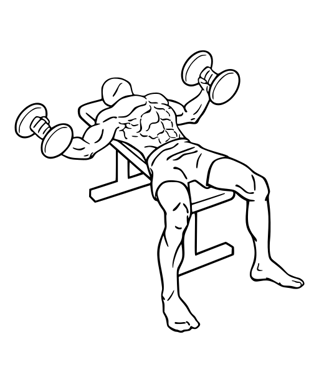 |
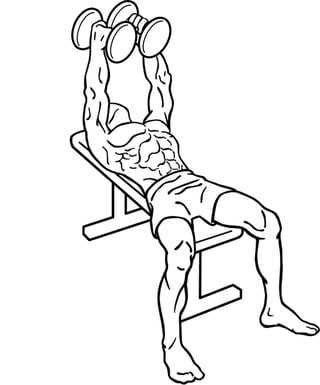 |
| Dumbbell flyes start - Everkinetic, CC BY-SA 3.0, via Wikimedia Commons | Dumbbell flyes end - Everkinetic, CC BY-SA 3.0, via Wikimedia Commons |
A flye movement we affectionately call “old faithful” because it’s so reliable. This exercise allows you to fully stretch and squeeze the chest muscles and smaller fibres, especially if you work through a full range of motion.
Pro tip: It’s particularly important that you slowly lower the dumbbells and pause at the bottom of the movement when performing flyes. This will prevent you from hyperextending at the bottom of the movement and potentially injuring yourself.
Dumbbell pullover
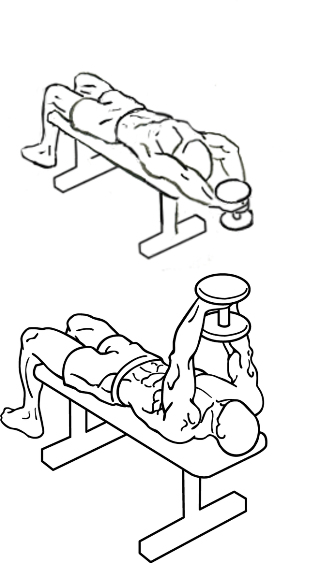
Dumbbell pullover - Everkinetic, CC BY-SA 3.0, via Wikimedia Commons
No, they’re not just for the lats. This compound movement places the chest muscles under a ton of tension through a large range of motion, which promotes both strength and flexibility. It also stimulates the serratus anterior, an often overlooked muscle that connects the ribs to the shoulder blades.
Pro tip: Maintain a slight bend in your elbows throughout the exercise. While it might be tempting to fully extend your arms, keeping a slight bend places more emphasis on the chest and reduces strain on the elbow joints.
For general muscular fitness, aim to train your chest twice per week for 2–4 sets of 8–15 repetitions. Ensure the weight of the dumbbells you use is safe but challenging and allow yourself 2–3 minutes rest between sets.
Take the guesswork out of chest work
While understanding different exercises is a crucial step in your training, executing them with precision and tailoring a programme to your specific goals requires expertise and experience.
We have a team of highly qualified and experienced personal trainers with years of weightlifting experience ready to help you achieve your aesthetic or performance goals. With a focus on technique refinement and performance optimisation, you will receive hands-on coaching that transcends traditional training methods, ensuring continuous growth and success in your journey towards a stronger and healthier you.


.png?width=301&height=187&name=Website%20Navigation%20Images%20(3).png)

-1.jpg?width=1984&height=1196&name=UFIT%20Club%20Street%20Front%20(4)-1.jpg)


